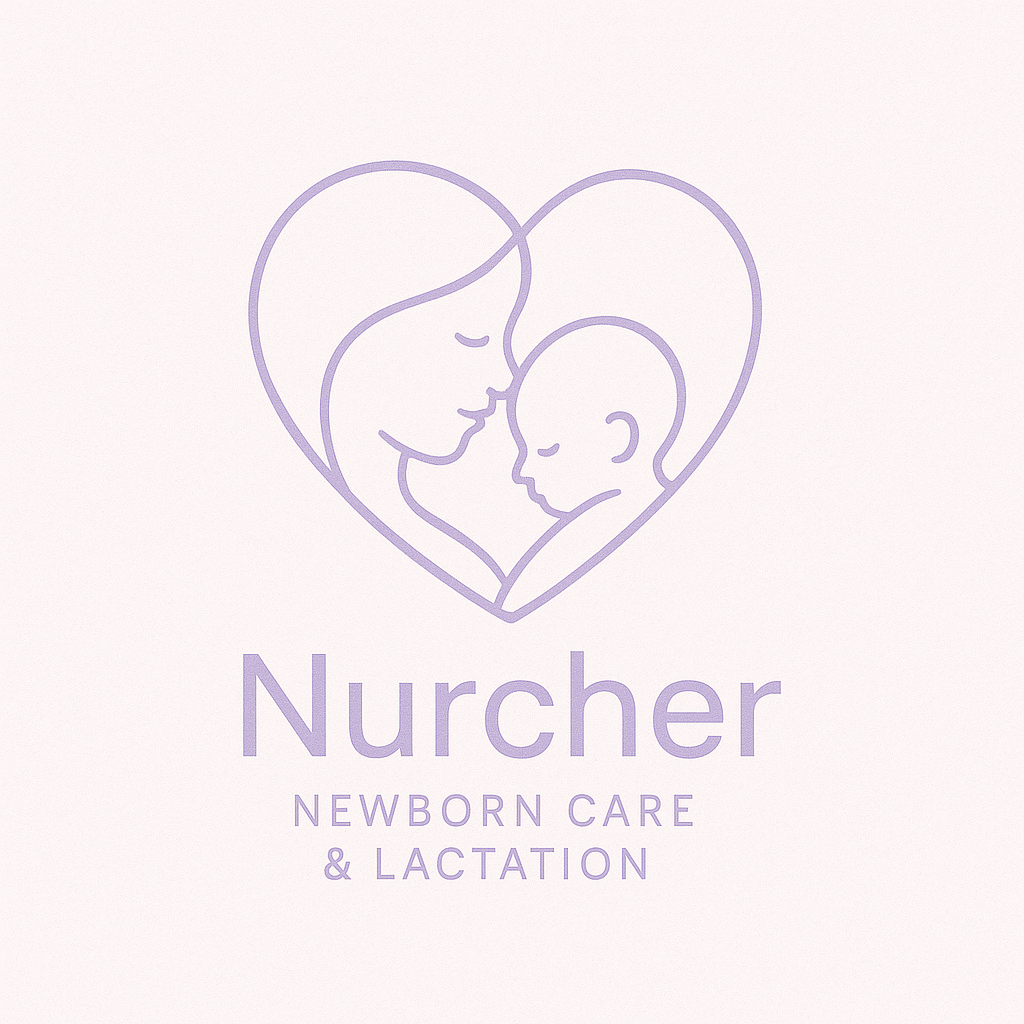Carry Me Close: A Guide to Babywearing
At Nurcher, I believe in nurturing close, confident connections between you and your baby—starting with the simple power of babywearing. Whether you're soothing a fussy newborn, chasing a toddler, or just want to sip your coffee with two hands, wearing your baby can help support your rhythm as a new parent or caregiver.
This guide breaks down the most common types of baby carriers and highlights the many emotional, developmental, and practical benefits of babywearing.
Why Babywearing?
Bonding
Babywearing promotes oxytocin release, helping strengthen the bond between baby and caregiver. It's a beautiful way for non-birthing parents and partners to connect too.
Comfort and Soothing
Being close to your body, hearing your heartbeat, and feeling your warmth can calm and regulate your baby—especially in the "fourth trimester."
Hands-Free Support
Wearing your baby gives you the freedom to move through your day while keeping your little one close and secure.
Developmental Benefits
Being upright supports baby’s head control, digestion, and hip development when used correctly. Babywearing also allows them to safely observe and learn from their environment.
Responsive Care
You can more easily read your baby's cues when they're close, supporting responsive feeding and comforting.
Types of Baby Carriers
Each type of carrier has its own feel, functionality, and learning curve. The “right” one depends on your comfort, your baby’s stage, and your lifestyle.
1. Stretchy Wraps
Examples: Boba Wrap, Moby Wrap
Best for: Newborns to around 15–20 lbs
Material: Long piece of soft, stretchy fabric
Pros: Cozy, womb-like feel; excellent for skin-to-skin; affordable
Cons: Can feel warm in hot climates; less supportive for older babies
Perfect for the early weeks when baby craves closeness and you're mostly at home.
2. Woven Wraps
Examples: Didymos, Girasol
Best for: Newborns to toddlers (and beyond!)
Material: Woven (non-stretchy) fabric in various lengths and styles
Pros: Incredibly versatile; long-lasting; customizable fit
Cons: Steeper learning curve; can feel bulky at first
Great for families who want a single carrier that adapts as baby grows.
3. Ring Slings
Examples: WildBird, Sakura Bloom
Best for: Newborns through toddlers
Material: Short piece of woven fabric with a set of rings for tightening
Pros: Quick on/off; compact and lightweight; beautiful options
Cons: One-shoulder carry may strain over time; can be tricky to adjust evenly
Ideal for quick errands, cuddly naps, or hip carries with curious toddlers.
4. Soft Structured Carriers (SSCs)
Examples: Ergobaby, Tula, Lillebaby
Best for: Around 4 months+ (some offer newborn inserts) to toddlers
Material: Buckles, padded straps, and structured support
Pros: Comfortable for longer outings; ergonomic support; easy to share between caregivers
Cons: May feel bulky; less snuggly in the newborn stage
A great option for babywearing on the go—hikes, chores, travel, and more.
5. Meh Dai / Bei Dai
Examples: Infantino Sash, Soul Meh Dai
Best for: Newborns to toddlers
Material: A panel of fabric with straps to tie around the waist and shoulders
Pros: Structured yet soft; no buckles; customizable fit
Cons: Learning to tie can take practice; fewer mainstream options
A hybrid between wrap and structured carrier—offering the best of both worlds.
6. Hybrid Carriers
Examples: Baby K’tan, Nesting Days, Beluga Baby
Best for: Newborns and young infants
Material: Stretchy or wrap-style fabric with minimal wrapping
Pros: Easier for beginners; cozy like a wrap with less tying
Cons: Limited lifespan; sizing isn’t always adjustable for multiple caregivers
A lovely choice for early baby snuggles and ease of use during recovery.
Tips for Safe Babywearing
Follow the T.I.C.K.S. Rule to ensure safe positioning:
Tight: Carrier should be snug with no slumping
In view at all times: You should always see baby’s face
Close enough to kiss: Baby's head is high on your chest
Keep chin off chest: At least 1 finger of space under chin
Supported back: Baby's back should be straight and well-supported
Ready to Start Babywearing?
Whether you want to try on different styles, learn safe techniques, or find the right carrier for your growing baby, I’m here to support you. Nurcher offers babywearing support as part of our postpartum and lactation services—because comfort, connection, and confidence are part of the journey.
Let’s find the carrier that works for your body, your baby, and your life.


